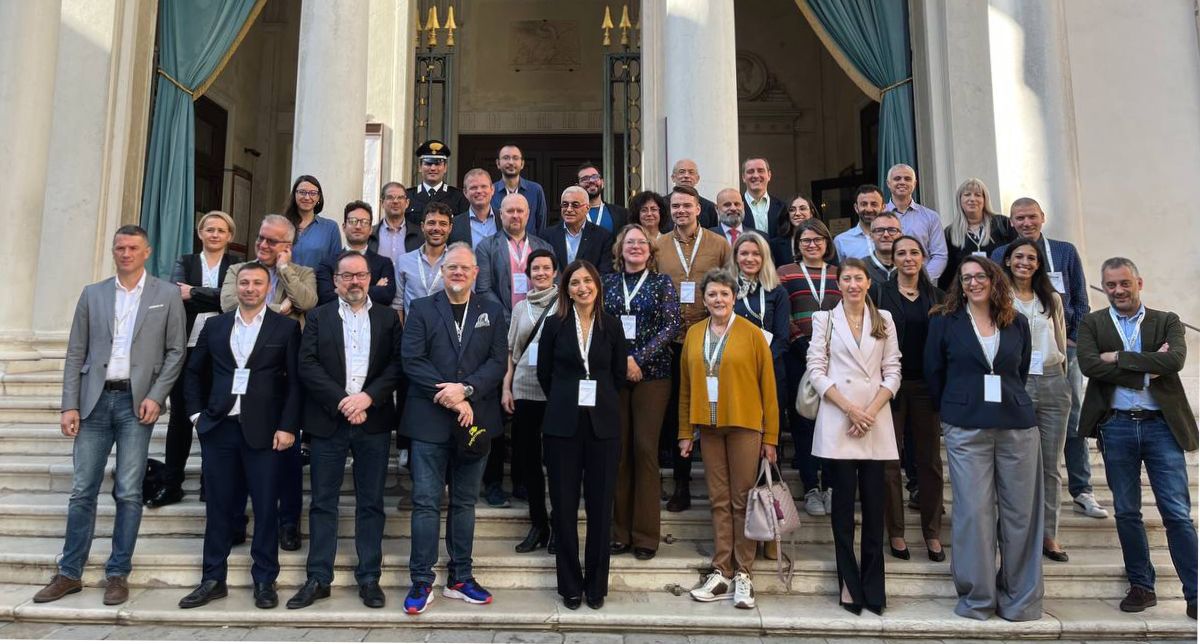Developing an
integrated IT system
to defend cultural goods

An Interdisciplinary Approach to Combat Illicit Trade of Cultural Objects
It is currently widely recognised that the illicit trade of cultural objects, rather than a local phenomenon limited to the initiative of a few individuals, is a highly remunerative source of income for criminal organisations that have been taking advantage of the possibilities now offered by online auctions and social media visibility to expand further the already flourishing "grey market".
The surge in illicitly sourced cultural property transactions has been facilitated by the overall shortcoming regulations existing for this market, the variability of national laws and the uncertainty in object traceability.
Against this background, RITHMS proposes an interdisciplinary approach made necessary by the transnational character of this crime and its links to other criminal networks. The project will define a replicable strategy to counter the challenges in addressing the illicit trafficking of stolen/looted cultural goods and investigate the mechanisms underpinning it, including its connection with organised crime.


